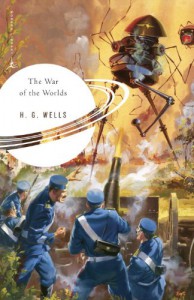
This collection of short stories is a great introduction to the Sprawl. I highly recommend this as it will give a greater understanding of the follow-on trilogy.
 1
1
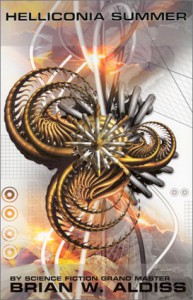
This book continues the story of the human race on fare distant Helliconia. It does not pick up immediately after the first book, but rather hundreds of years in to the future. Everything is still being observed by the people of the Avernus satellite and beamed back to Earth. In the story the summer of the Great Year (1829 normal years) is approaching. Many tropical areas have become almost unlivable. The Phagors (ancient enemies of mankind) are in a docile period preparing for the Winter. The story includes political intrigue, murder, divorce, etc.
All in all a good story with good characters. I will be reading the last book in the trilogy.
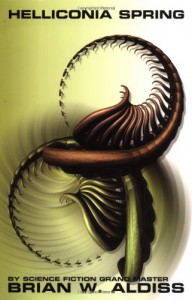
The central character in this book is the planet Helliconia. The story shows how the primitive civilizations and flora and fauna are influenced by planetary forces with seasons that last thousands of years. Readers must keep in mind that this book is the start of a trilogy or they will not like the ending.
All in all it is a good start and makes me want to read the next book in the trilogy.
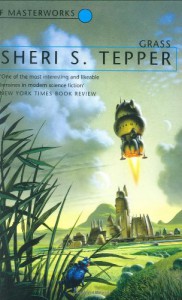
Plaque, teleportation, mind control and wiping, monster killer "horses" called Hippae, monster "foxes" called foxen, a planet covered almost entirely in grass, fox hunts, a long dead alien race called the Arbai.... these are a few on my favorite things.
This is a great story. While some of the characters seemed a little shallow at times, the story moved at a good pace. I must say I was a little surprised with the ending.
Highly recommended!

| There have been many excellent reviews of this book and I agree with every one of them. Very good read and highly recommended. |

It took me a bit to get into this book. It is a little slow moving (not an action-fest) as it gives a lot of backstory for the next two novels in the trilogy. It reminded me some of Dune, but never felt like a knockoff. If you have read Dune and decide to read this book, you will see what I mean. I don't think this book can be read as a standalone story. You will want to read the follow-on books as I will most definitely do.
 2
2

So historians in 2054 have time travel tech and use it to travel back and study the past. In this story a young historian, Kivrin, convinces the history department at her college to let her travel back to 1320, but what they don't know is that she has been infected with a new strain of flu. She is accidentally sent to 1348 when the Black Plague starts in Oxford where she is deathly ill for days and almost dies. In the present the new flu strain causes an epidemic killing many people before a vaccine is developed.
This is paralleled by Kivrin watching everyone in the village she is visiting die horrible deaths from the plaque. And Willis's description is pretty graphic. To make matters worse since Kivrin is sent to the wrong year she is almost lost in the past.
While this story was a little long winded with some of the descriptions, etc. the story is really good. It jumps back and forth between Kivrin in the past and the people in the present dealing with the flu epidemic and trying to figure out how to get her back. I wonder if Willis was having a crisis of faith while writing this book as she is very detailed in her description of how people in 1348 felt that God had abandoned them, all except Father Roche, the village priest and the last to die. Kivrin even had a recorder embedded in her wrist that was activated when she puts her hands in an attitude of prayer. Kivrin even at times railed against God about not taking someone and the railing against Him about just getting it over and putting someone out of their misery.
All in all a great story and highly recommended.

This is the story of Ayla, a 5 year old Cro-Magnon girl orphaned by an earth quake and raised by a clan of Neanderthals.
The story hits on the issues of gender roles, feminism, sexism, religion, societal mores and cultural values and expectations and possibly even pro-life as Ayla fights for the life of her son Durc who was conceived when she was raped and appears deformed because he is a mix of the two races.
It even talks to the problem of societal stagnation. The Neanderthal society has not changed for thousands of years as their brains are developed for "racial memory" which leaves no room for the the development of new ideas. The might Mog-ur, the clan priest/magician, realizes this as Ayla matures and challenges various aspects of the Neanderthal society. He see's that the Others (Cro-Magnon) are the future of mankind and rejoices that Ayla has a mixed race child so the the Clan (Neanderthals) will be carried on at least in some aspect.
I really enjoyed this story and look forward to reading the other books on the series.
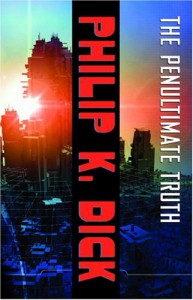
I really liked this book!
The East and West went to war and the population moved underground into living areas called "ant farms" where they have been for 15 years. Unbeknownst to them the war ended after only 2 years and the news they have been receiving all these years is propagandist lies. The surface, though decimated by the war, is perfectly livable but is controlled by a select few.
This premise makes for a great story but it is full of neologisms, many of which are difficult to figure out.
Highly recommended!
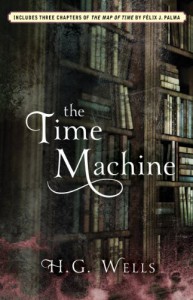 This is truly a classic! The description of the Morlocks and Eloi are a little sad considering they are the future of mankind. The ending left me wanting more.
This is truly a classic! The description of the Morlocks and Eloi are a little sad considering they are the future of mankind. The ending left me wanting more.

One warning. Don't expect any happy endings in this book! This book is full of the brutality of war and all it entails.
This book has pulled me further into the world of dragons, fire and ice! I can't wait to read book 3.

I read this book a long time ago and remembered it fondly so I decided to re-read it. I enjoyed it just as much, if not more, this time around. I haven't read the following 2 books, but I can't wait.

As with any collection of short stories, this is a mixed bag. I wanted to read the title story as it is supposed to be the start of Willis's time travel series. I wasn't really planning to read the other stories, but I am so glad I did. I will definitely be reading more of this author.
 1
1

I really liked this book!
The East and West went to war and the population moved underground into living areas called "ant farms" where they have been for 15 years. Unbeknownst to them the war ended after only 2 years and the news they have been receiving all these years is propagandist lies. The surface, though decimated by the war, is perfectly livable but is controlled by a select few.
This premise makes for a great story but it is full of neologisms, many of which are difficult to figure out.
Highly recommended!
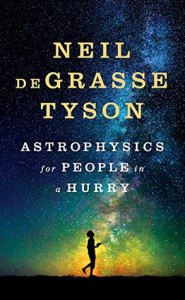
What a great book! Tyson is one of a rare breed, a genius in astrophysics with a sense of humor that can explain very compex topics so that even a toad could understand. Ok, maybe that is an exaggeration but you get my meaning. This book only tickles the surface of current theory and knowledge of the universe, but it does it in a way that makes you hungry for more. Tyson has been called a rock star of science and rightly so. He knows how to draw you in and get you excited to learn more. But he is not too full of himself as you will see in the last chapter.
Highly recommended!!








